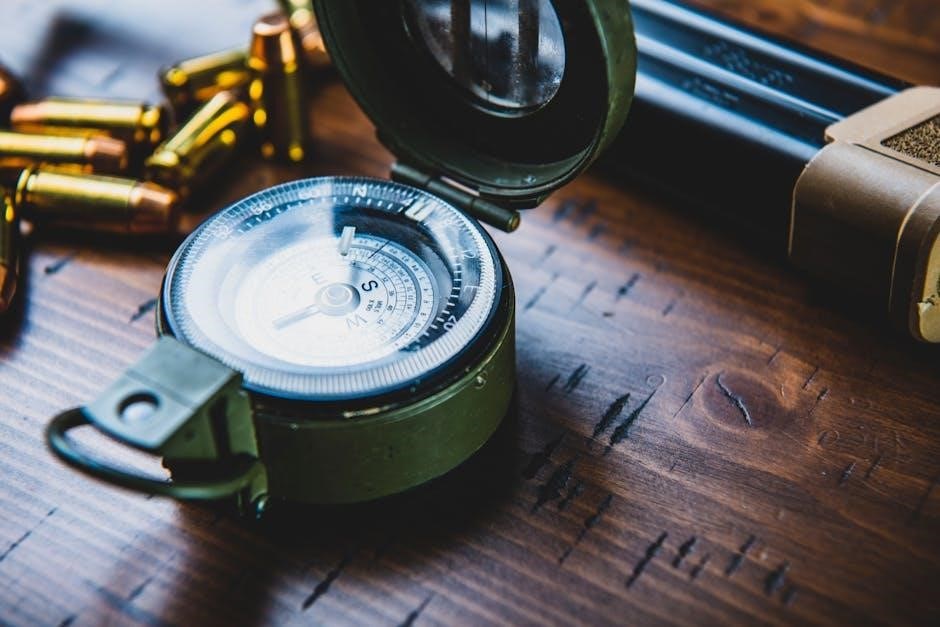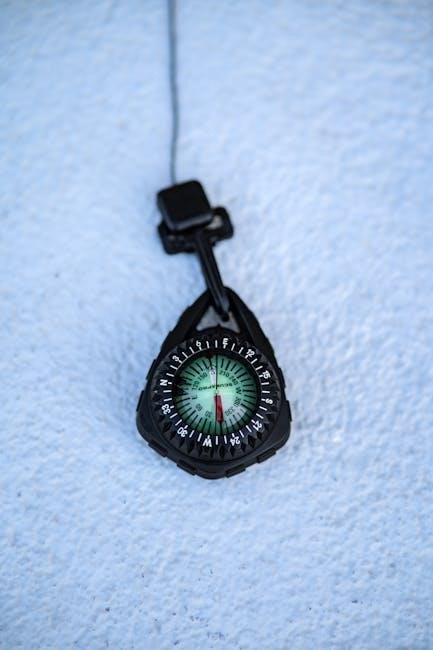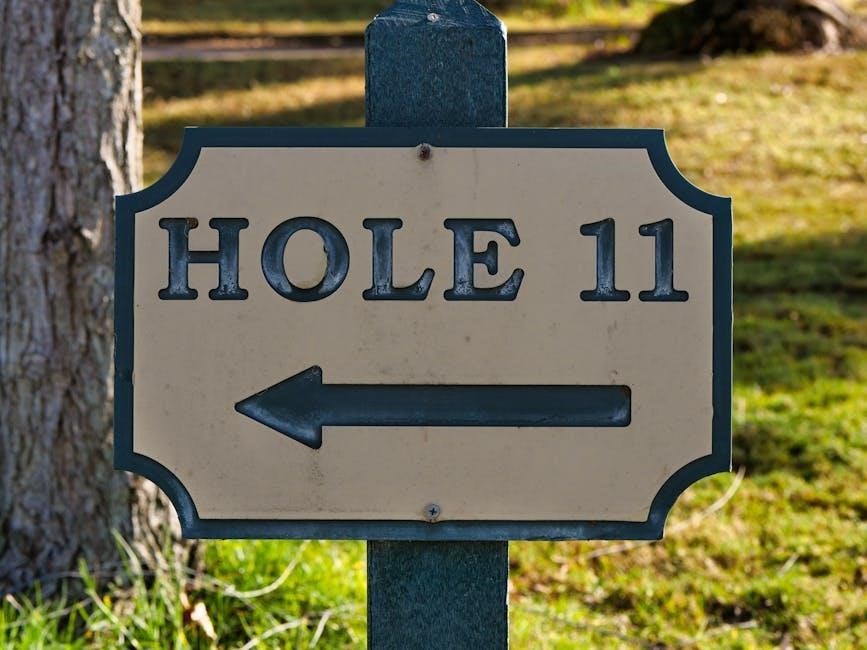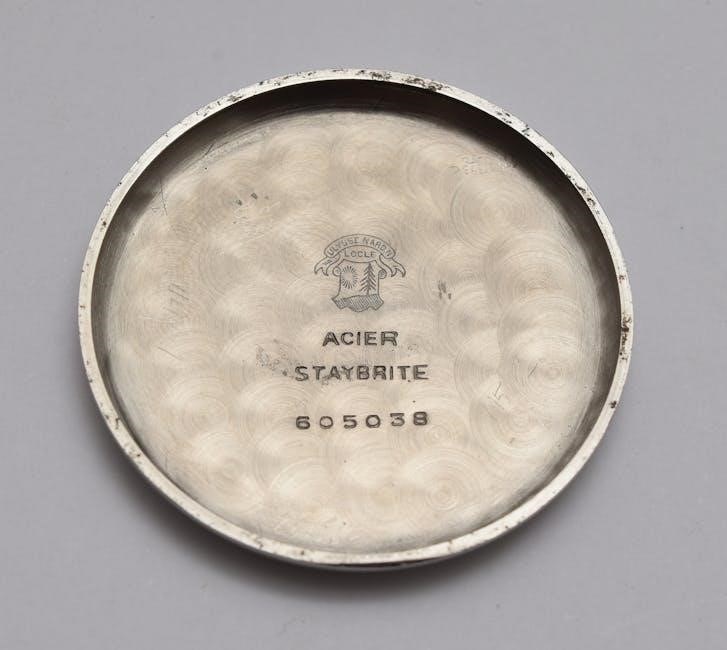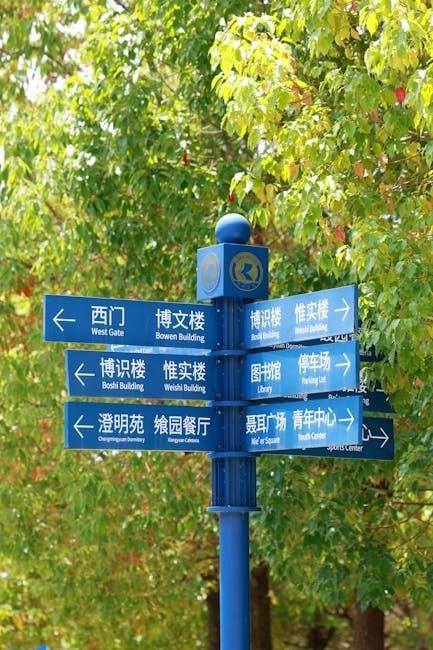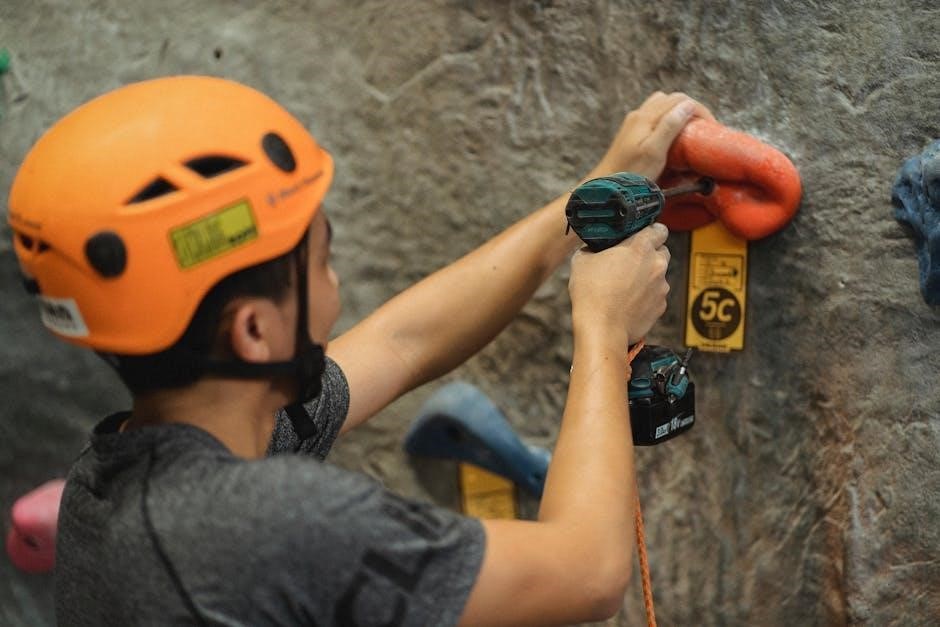tv guide akron
Akron, Ohio TV Guide: Comprehensive Overview (November 22, 2025)
Today, November 22, 2025, at 03:01:42, Akron residents can explore diverse entertainment options, utilizing tools like word games and solvers for enhanced leisure activities.
Local Channels & Digital Transition
Akron’s television landscape has undergone a significant digital transition, impacting how residents receive over-the-air (OTA) broadcasts. Traditional analog signals have been replaced by digital television (DTV), offering improved picture and sound quality, and enabling the transmission of multiple channels on a single frequency. This shift necessitates compatible TV sets or digital converter boxes for viewers relying on antennas.

Local channels in Akron, such as ABC, CBS, NBC, and FOX affiliates, continue to provide essential news, weather, and entertainment programming. These stations broadcast in digital format, and their signal strength can vary depending on location and antenna setup. Understanding the nuances of DTV reception is crucial for maximizing viewing enjoyment. Resources like word unscramblers and solvers, while not directly related to TV, represent the digital tools now commonplace in modern life, mirroring the TV transition.
The transition also opened opportunities for new channels and services, enhancing the overall viewing experience for Akron households.
Channel Lineups: Cable & Satellite Providers
Akron viewers have a variety of options for television service beyond over-the-air broadcasts, primarily through cable and satellite providers. Spectrum is a major cable provider in the area, offering tiered packages with diverse channel lineups, including local networks, sports channels, and premium movie options. Their channel guides are readily available online and through their set-top boxes.
Dish Network and DirecTV are the dominant satellite providers serving Akron. They compete with Spectrum by offering extensive channel selections, often including exclusive content and advanced features like DVR capabilities. Each provider structures its packages differently, catering to varied viewing preferences and budgets. Comparing channel lineups is essential for finding the best fit.
Interestingly, tools like word unscramblers and anagram solvers, while unrelated to TV, demonstrate the increasing complexity of choices available to consumers, much like selecting a cable or satellite package.
Streaming Services Available in Akron
Akron residents are increasingly turning to streaming services as alternatives to traditional cable and satellite television. Netflix remains a popular choice, offering a vast library of movies, TV shows, and original content. Hulu + Live TV provides a blend of on-demand streaming and live television channels, mimicking a cable experience.
YouTube TV is another strong contender, offering a comprehensive package of live channels and cloud DVR storage. These services are accessible on a wide range of devices, including smart TVs, streaming sticks, and mobile devices. The flexibility and often lower cost compared to cable make them attractive options.
Even seemingly unrelated online tools, like word solvers and anagram finders, reflect the digital shift influencing entertainment consumption in Akron, mirroring the convenience of streaming platforms.
Akron TV Schedule Highlights ー November 22, 2025
Today, November 22, 2025, Akron viewers can anticipate a diverse television lineup. Local news stations will provide coverage of Thanksgiving travel updates and community events. Sports enthusiasts can enjoy college basketball games throughout the day, with potential matchups featuring Ohio teams. Several channels are scheduled to air holiday-themed movies, offering festive entertainment for families.
Prime-time programming includes new episodes of popular dramas and comedies, alongside special holiday broadcasts. Viewers can also utilize online TV listings and apps to personalize their viewing experience and discover hidden gems. The availability of streaming services adds further options, allowing access to exclusive content and on-demand viewing.
Interestingly, even word game resources reflect this digital entertainment landscape, showcasing the interconnectedness of leisure activities in Akron.

Understanding Akron’s Broadcast Landscape
November 22, 2025, presents a blend of traditional broadcasting and digital options, enhanced by tools for wordplay and puzzle-solving for Akron viewers.
Digital TV (DTV) Reception in Akron
Akron viewers transitioning to or maintaining Digital TV (DTV) reception on November 22, 2025, will find a landscape largely shaped by over-the-air signals and digital cable/satellite offerings. Successful DTV reception hinges on several factors, including antenna quality, placement, and potential signal interference. The digital transition, while largely complete, can still present challenges for some households.
Understanding signal strength is crucial. Akron’s terrain can create pockets of weak signal, necessitating a higher-gain antenna or strategic placement. Resources like online signal maps can provide preliminary assessments, but on-site testing is often required. Furthermore, tools for word games and anagrams, while seemingly unrelated, reflect the broader digital environment Akron residents navigate.
Digital signals are either received or not – unlike analog, there’s no gradual degradation. This means a clear picture or none at all. Regular channel rescans are vital to ensure your TV receives the latest channel information. Interference from buildings, trees, or even other electronic devices can disrupt signals, requiring adjustments to antenna positioning or the use of filters.
Antenna Recommendations for Akron Viewers
For Akron viewers seeking optimal Over-the-Air (OTA) reception as of November 22, 2025, antenna selection depends heavily on location and distance from broadcast towers. Generally, a directional antenna – such as a Yagi-Uda – is recommended for viewers further from the signal origin, offering focused reception. Conversely, a multi-directional antenna (like a TVee) suits closer proximity and provides broader coverage.
Indoor antennas are convenient but often struggle with weaker signals. Amplified antennas can boost signal strength, but beware of over-amplification, which can introduce noise. Outdoor antennas, mounted on a roof or mast, consistently deliver superior performance. Consider antenna height; higher placement generally improves reception.
Resources for unscrambling words and solving puzzles highlight the digital tools available to Akron residents, mirroring the need for precise signal acquisition. Before purchasing, consult online signal maps and consider neighbor recommendations. Remember, antenna performance varies, and experimentation may be necessary to find the best solution for your specific location within Akron.
Over-the-Air (OTA) Channel Availability
As of November 22, 2025, Akron, Ohio, viewers utilizing Over-the-Air (OTA) reception can anticipate a range of locally broadcast channels. Major networks – ABC, CBS, NBC, and FOX – are generally accessible, alongside PBS and their respective digital subchannels. Channel availability fluctuates based on transmitter location and signal strength, necessitating periodic rescanning of your TV tuner.
Beyond the core networks, several independent stations and religious broadcasters contribute to the OTA landscape. The availability of these channels can be more variable. Online TV listings websites and apps (detailed elsewhere in this guide) provide up-to-date channel lineups specific to the Akron area.
Interestingly, the digital tools for word games and puzzles reflect the increasing complexity of accessing information, much like navigating OTA channels. Signal interference and antenna positioning significantly impact reception. Regularly checking channel availability ensures you’re maximizing your free, over-the-air viewing options.

Popular Akron TV Providers
Today, November 22, 2025, Akron viewers have choices: Spectrum, Dish Network, and DirecTV offer diverse packages, alongside streaming alternatives for tailored entertainment.
Spectrum Akron Channel Guide
As of November 22, 2025, Spectrum in Akron delivers a broad channel lineup, catering to diverse viewing preferences. Core offerings typically include local networks – ABC, NBC, CBS, and FOX – providing essential news, sports, and entertainment programming. Beyond these staples, Spectrum packages feature popular cable channels like ESPN, CNN, HGTV, and the Disney Channel, ensuring something for every member of the household.
Premium channels, such as HBO, Showtime, and Starz, are available as add-ons for an additional monthly fee, granting access to exclusive series, movies, and documentaries. Spectrum’s channel guide is accessible both on-screen and via their mobile app, allowing subscribers to easily browse programming and set reminders. Furthermore, interactive features like On Demand provide access to a vast library of movies and TV shows, viewable at any time. Remember to utilize online resources and the Spectrum website for the most current and precise channel listings, as they are subject to change.

Dish Network Akron Programming
On November 22, 2025, Dish Network in Akron presents a competitive alternative to cable, boasting a diverse range of programming packages. Core packages generally include major broadcast networks – ABC, CBS, NBC, FOX – alongside popular cable channels like ESPN, Food Network, and TLC. Dish Network distinguishes itself with a strong emphasis on sports programming, offering numerous channels dedicated to various athletic events and leagues.
Subscribers can customize their experience with premium channel add-ons, including HBO, Showtime, and Starz, unlocking exclusive content. Dish Network’s Hopper DVR system allows for extensive recording capabilities, enabling viewers to pause, rewind, and record live TV. The Dish Anywhere app extends viewing options to mobile devices, providing access to live and recorded content on the go. For the most up-to-date channel lineups and package details, consult the official Dish Network website or contact a local representative, as offerings are subject to periodic adjustments.
DirecTV Akron Packages & Channels
As of November 22, 2025, DirecTV in Akron delivers a comprehensive satellite television experience, offering a tiered system of packages to suit diverse viewing preferences. Entry-level packages typically include local channels, news, and entertainment options, while higher tiers unlock premium movie channels like HBO and Showtime, alongside sports networks such as ESPN and regional sports programming.
DirecTV’s strength lies in its exclusive content, including 4K programming and access to On Demand titles. The DirecTV Genie DVR provides substantial recording capacity and allows simultaneous viewing on multiple screens. Subscribers benefit from whole-home DVR functionality, enabling access to recorded content from any connected TV. DirecTV also offers bundled packages incorporating internet and phone services. For precise channel lineups, pricing, and promotional offers specific to the Akron area, visiting the DirecTV website or contacting a local dealer is recommended, as details frequently change.

Finding Specific Shows & Movies
Leveraging online TV listings and apps, Akron viewers can easily locate preferred programs, utilizing word game tools for downtime and entertainment discovery.
Akron TV Listings Websites & Apps
Akron residents have a wealth of digital resources at their fingertips for discovering what’s on television. Several websites and mobile applications specialize in providing comprehensive TV listings tailored to the Akron, Ohio, broadcast area. WordUnscrambler.me, while primarily a word game tool, exemplifies the readily available online resources.
Dedicated TV guide websites, such as Zap2it and TVGuide.com, allow users to search for shows by title, actor, or genre, and filter results by channel and time. Many local news stations, like Akron’s ABC, NBC, and Fox affiliates, also maintain online program schedules on their websites.
Mobile apps, including those offered by cable and satellite providers (Spectrum, Dish Network, DirecTV), provide convenient access to listings on smartphones and tablets. Furthermore, apps like “TV Time” offer personalized recommendations and tracking features, remembering which shows you’re watching. Even tools like a Wordle Solver demonstrate the interconnectedness of online resources for leisure activities alongside TV scheduling.
Using Online TV Guides for Akron
Navigating Akron’s television landscape is simplified through the effective use of online TV guides. These platforms offer features beyond basic listings, enhancing the viewing experience. Users can typically search for programs by name, explore genre-specific schedules, and set reminders to avoid missing favorite shows. The ability to filter by channel – local Akron stations or cable/satellite options – is crucial.
Many guides integrate with streaming services, displaying availability on platforms like Netflix, Hulu, and YouTube TV. This consolidated view streamlines content discovery; Tools like a Word Descrambler highlight the accessibility of online resources, mirroring the ease of finding TV information.
Advanced features include personalized recommendations based on viewing history and the ability to create custom watchlists. Utilizing these online resources empowers Akron viewers to maximize their entertainment options and stay informed about upcoming broadcasts, mirroring the functionality of a Wordle Cheat for quick solutions.
Local Program Schedules (News, Sports, Weather)
Akron’s local channels prioritize delivering timely news, sports coverage, and weather updates. Expect comprehensive local news broadcasts typically airing during morning and evening drive times, providing updates on community events and important local issues. Sports programming focuses on regional teams, including coverage of high school athletics and updates on Cleveland-area professional sports franchises.
Accurate weather forecasts are crucial, especially given Ohio’s variable climate. Local meteorologists provide detailed hourly and extended forecasts, including severe weather alerts. Similar to using a Word Unscrambler to quickly find solutions, viewers rely on these schedules for immediate information.
Beyond regularly scheduled broadcasts, special programming often covers local events like parades and festivals. Checking online TV guides or station websites is essential for specific times and channel listings, ensuring residents stay connected to their community, much like a Wordle Solver provides daily answers.

Beyond Traditional TV: Streaming Options
Akron viewers increasingly favor streaming, utilizing platforms like Netflix, Hulu + Live TV, and YouTube TV for flexible entertainment, mirroring online word game accessibility.
Netflix Availability & Popularity in Akron
Netflix remains a dominant streaming force in Akron, Ohio, offering a vast library of movies, television shows, and original content. Its accessibility across numerous devices – smart TVs, smartphones, tablets, and computers – contributes to its widespread adoption among Akron residents. The platform’s popularity is fueled by its convenient subscription model and consistently updated catalog, catering to diverse viewing preferences.
Akron viewers frequently utilize Netflix for binge-watching popular series, discovering new films, and enjoying family-friendly entertainment. The service’s recommendation algorithms personalize the viewing experience, suggesting content based on individual tastes. Interestingly, the rise of Netflix parallels the growing interest in online word games and solvers, indicating a broader trend towards digital entertainment consumption within the Akron community.
Local data suggests a high penetration rate of Netflix subscriptions within Akron households, making it a key component of the city’s entertainment landscape. Its continued success hinges on maintaining a compelling content library and adapting to evolving consumer demands, much like the dynamic nature of online word puzzles.
Hulu + Live TV in the Akron Market
Hulu + Live TV presents a compelling alternative to traditional cable and satellite providers in the Akron, Ohio market. It combines on-demand streaming content with live television channels, including local networks, sports, and news. This hybrid approach appeals to cord-cutters and those seeking a comprehensive entertainment solution.

Akron residents appreciate Hulu + Live TV’s channel lineup, which often includes major broadcast networks and popular cable channels. The service’s cloud DVR functionality allows viewers to record and rewatch their favorite programs, enhancing flexibility. Interestingly, the platform’s growth coincides with increased engagement in online word games, suggesting a broader shift towards digital entertainment options.
Compared to other streaming services, Hulu + Live TV offers a unique blend of live and on-demand content, attracting a diverse audience in Akron. Its competitive pricing and user-friendly interface contribute to its growing popularity, mirroring the accessibility of online word solvers and unscramblers.
YouTube TV Options for Akron Residents
YouTube TV is rapidly gaining traction among Akron, Ohio viewers as a robust alternative to conventional television packages. Offering a curated selection of over 85 live channels, including local Akron affiliates, it caters to diverse viewing preferences. The service’s unlimited cloud DVR storage is a significant draw, allowing users to record and revisit programs at their convenience.
Akron residents benefit from YouTube TV’s multi-device compatibility, enabling seamless viewing on televisions, computers, tablets, and smartphones. This flexibility aligns with the increasing demand for on-the-go entertainment, similar to the popularity of online word games and anagram solvers. The platform’s family sharing options further enhance its value proposition.
Compared to competitors, YouTube TV’s straightforward pricing and user-friendly interface appeal to a broad demographic in Akron. Its integration with the broader YouTube ecosystem provides additional content and features, solidifying its position as a leading streaming service.

Troubleshooting TV Reception in Akron
Akron viewers facing signal issues can rescan channels, address interference, or contact providers for support, ensuring optimal viewing alongside word game enjoyment.
Signal Interference & Solutions
Akron television reception can be surprisingly susceptible to interference, impacting your viewing experience. Common culprits include physical obstructions like buildings and trees, but also electronic devices emitting radio frequencies. These can disrupt over-the-air (OTA) signals, leading to pixelation or complete signal loss.
To mitigate these issues, first, ensure your antenna is optimally positioned – higher is generally better, and directional antennas should be pointed towards the broadcast towers. Check for and relocate potential sources of interference, such as microwaves, cordless phones, and even some LED lighting.
Shielded coaxial cables can also help minimize signal degradation. If problems persist, consider a signal amplifier, but be cautious as excessive amplification can introduce noise. Remember, exploring word games and solvers offers a delightful distraction while troubleshooting!
Channel Rescan Instructions
Akron viewers utilizing digital antennas occasionally need to rescan their televisions to receive the latest channel lineup. This process ensures your TV recognizes any newly added or repositioned channels. The procedure varies slightly depending on your TV manufacturer, but generally involves accessing the “Menu” or “Settings” section.
Navigate to options like “Channel Scan,” “Auto Program,” or “Auto Tune.” Select the “Air” or “Antenna” option, and initiate the scan. The TV will automatically search for available digital signals. This process can take several minutes.
After the scan completes, review the channel list to confirm all expected channels are present. If some channels are missing, double-check your antenna connection and repeat the scan. While waiting, consider a fun diversion like unscrambling words or exploring online word games – a perfect pastime!

Contacting Local TV Providers for Support
Akron residents experiencing persistent TV reception issues or requiring assistance with channel lineups should directly contact their respective television service providers. Spectrum offers 24/7 support via phone and online chat, addressing billing, technical difficulties, and programming inquiries. Dish Network and DirecTV also provide dedicated customer service lines and online resources.
Before contacting support, have your account number readily available. Clearly describe the problem, including any error messages displayed. For signal issues, be prepared to discuss your antenna setup (if applicable).
While awaiting assistance, a quick mental exercise like unscrambling letters or utilizing a word descrambler can be a pleasant distraction. Remember, providers are equipped to resolve most issues efficiently, ensuring optimal viewing enjoyment in Akron.


